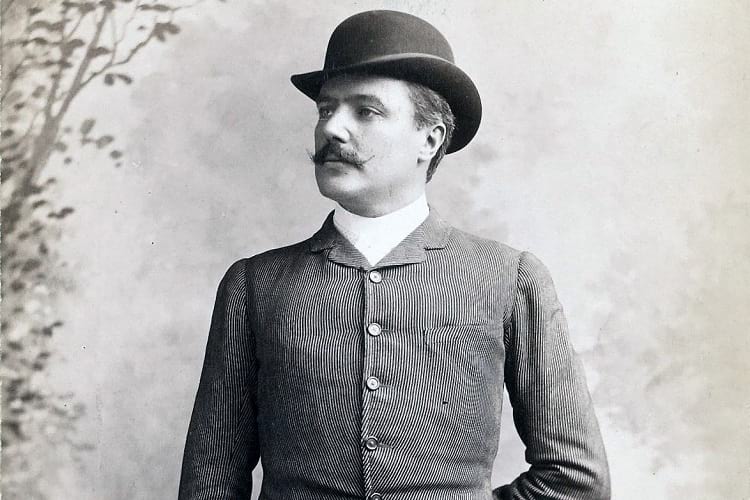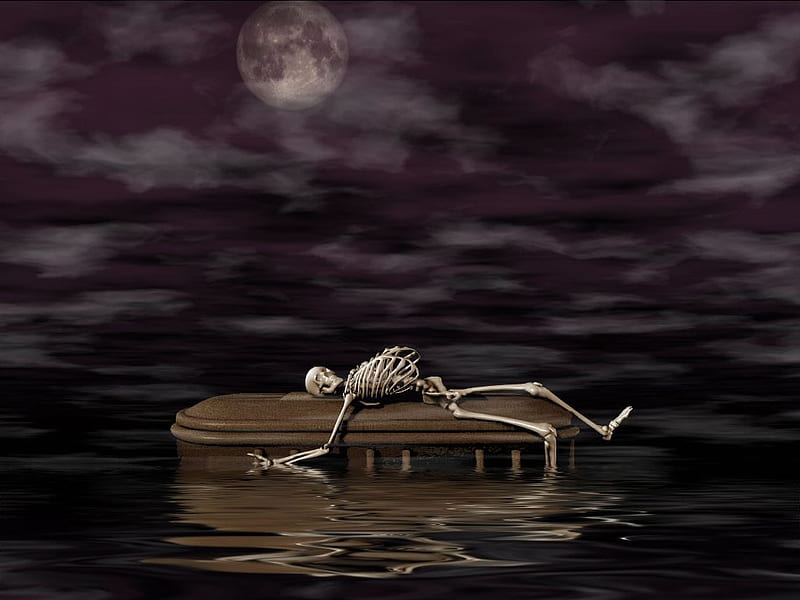Critics and skeptics across the world contest that coincidences are nothing more than an artifact of human consciousness, which tries to connect an existing set of events to make it meaningful. Separate incidents float to the surface of awareness, goes the argument, where they are noticed and turned into coincidences by the human mind. In other words, what we remember as coincidences are nothing more than a set of incidents grouped for clarity and collectivity.
However, through the pages of history, we encounter incidents that make us question the nature of coincidences. What is one to make of the curious coffin of Charles Coghlan? Coghlan was born in the Canadian province of Prince Edward Island, on the northern seaboard.
But the end of the 19-century found him in Galveston, the jewel of the Texas Gulf Coast, performing in traveling actors” troupe for his daily bread. The year was 1899; Coghlan collapsed and died, perhaps from one of the tropical fevers rampant in the era before autopsies. However, Coughlan, a popular artist while alive, would find even greater fame in death.
The Dead Journey Of Coghlan
Coghlan was laid to what was supposed to be a perpetual rest in a lead-lined coffin and buried in the community cemetery. It was a quiet service, attended by some closest friends and family. However, he wasn’t buried in his hometown of Prince Edward Island but in Galveston, where he had spent most of his life. Galveston itself, then Texas’s most populous and prosperous city, was built on a big sand bar. This precarious position left it vulnerable to hurricanes and high seas alike. But the folks of the town never suspected that such a catastrophic storm would ever take place. Sadly, it did.
On September 8, 1900, 100 miles an hour winds pushed a 20-foot wall of water into the town, submerging all but the highest structures in Galveston. It was one of the most terrible storms to ever hit the mainland United States. The town of Galveston was destroyed in the resulting carnage.
Other than the total devastation of the properties, somewhere between six and eight thousand Galvestonians perished in the storm, drowned in their shoes, their bodies washed out to the open sea by the returning swell. The dead were disturbed too. The cemeteries were churned open by the battering waves, and the coffins were lifted right off, returning with the tide. One of the coffins that went on the journey was Coghlan’s’.

For eight years, Coghlan’s’ lead-encased coffin bobbed through the warm waters of the Gulf Stream. Eventually, it made its way around the tip of the Florida Keys and into the Atlantic, where the prevailing currents carried it north along the Carolinas and the New England coast.
On October 1908, a small fishing vessel off Prince Edward Island spotted the battered box awash in the tide. Attaching a grappling hook, the crew hauled it aboard. A copper name plate revealed the contents of the weatherworn coffin. The coffin was washed less than a mile ashore from the small church where Coghlan had originally been christened a long time ago. His remains were removed and buried again right where his journey had started so many years and miles before.
Or so the story goes.
Read More: The Horrible Plan Of Operation Northwoods
The Mystery Deepens
There have been claims that this account was largely falsified by Coghlan’s fellow actor Johnston Forbes-Robertson in his 1925 book, A Player under Three Reigns. The story was repeated in the 1928 edition of Ripley’s Believe it or Not, cementing the legend in infamy. Apparently, it is believed that the coffin did indeed go for a swim after the Great Galveston Storm of the 1900s, but it was found in a marsh, by a couple of hunters, in January 1907.

And while there is a newspaper report on the incident, it does not clarify where the body was found nor where it was later buried. This has led to skeptics believing that though the coffin was found, Charles Coughlan was not buried in his childhood home on Prince Edward Island.
Read More: Brazen Bull: The True Story Behind The Torture Device




